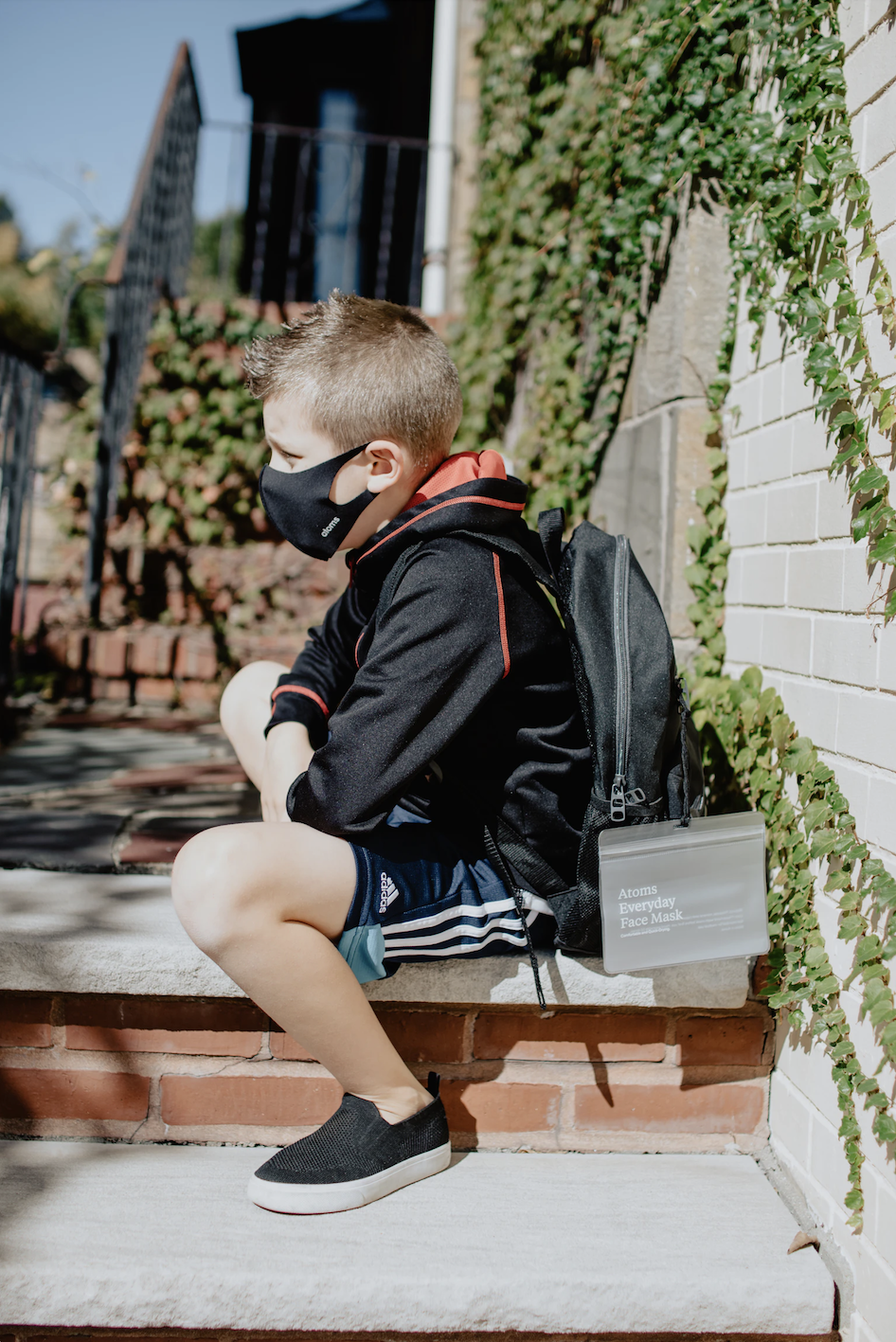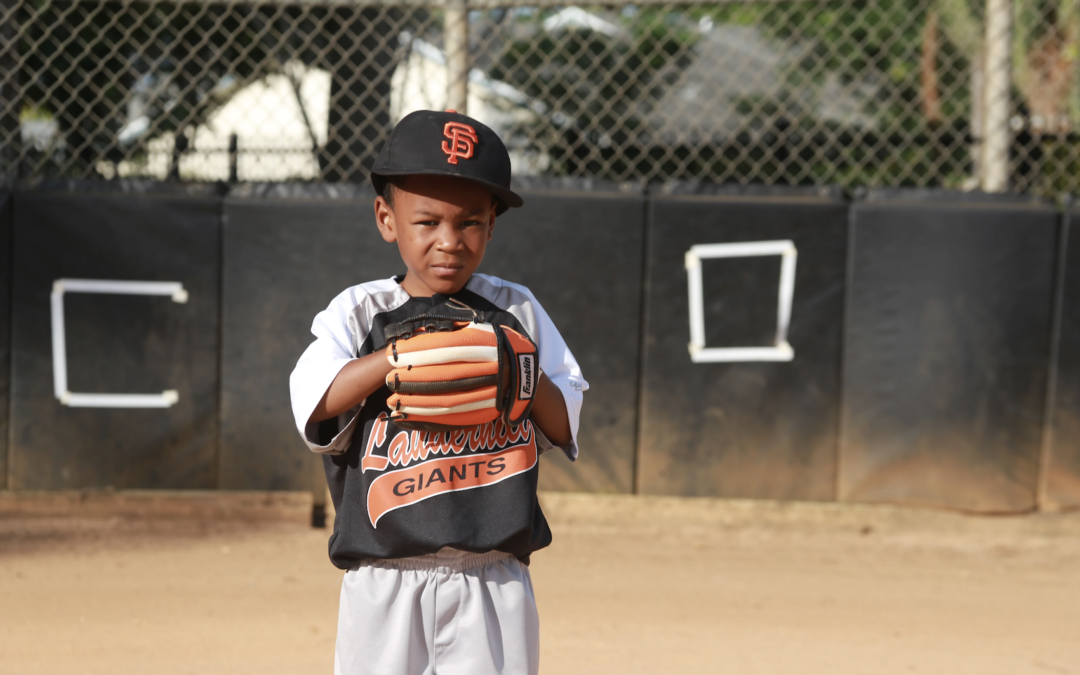Physical activity is important for growing bodies and minds. But during these uncertain times, do the benefits of participating in youth sports outweigh the risks? The recent surge in COVID-19 cases and the transition to indoor sports have left parents and guardians questioning whether and how their children should take part in organized sports.
Some questions that come to mind may include: Is it safe for young people to play sports during the pandemic? What can my family do to minimize COVID-19 risks associated with sports participation? What if my child, someone in the family or a teammate shows symptoms or tests positive? When is it safe to return to sports after being exposed to the virus?
“These are the kinds of questions pediatricians are fielding daily from concerned parents, “We’re fortunate to be able to refer to current guidance about sports participation during the pandemic published by the American Academy of Pediatrics.”
While the AAP guidance offers many specific recommendations, it also leaves room for exercising judgement, recognizing that every child is different, each sport poses unique challenges, and regulations vary by state and community.
“We’ve learned a great deal about severe acute respiratory syndrome-coronavirus 2 (SARS-Co-2), the virus that causes COVID-19,” But there is still much we don’t know.”
“As the AAP stresses, there are physical and psychological benefits to playing sports,” Ichesco says. “They cite improved cardiovascular and immune systems, strength, body composition and overall fitness, as well as socialization and structured routine, all of which help support growth and development.”
“At the same time, we know that COVID-19 is highly contagious, and poses real risks to people of all ages,” continues Goble. “Since it is spread primarily through close in-person contact, sports are an obvious area of concern. Like the AAP, we encourage parents to balance the benefits with their family’s specific risks when deciding whether their children should participate in sports at this time.”
To help navigate the latest published guidance on youth sports participation in the wake of the pandemic, Goble and Ichesco created the following steps for your decision making process, adding observations from their own clinical experience.

Step 1: Start with reviewing the latest science about COVID-19 and young people.
Goble and Ichesco begin by educating parents on the current state of the science. While many questions remain about the virus, the AAP guidelines summarize a number of points on which the scientific community is in agreement:
We know how the virus spreads. The virus is spread primarily through respiratory droplets expelled when an infected person coughs, sneezes, or talks, making close face-to-face the main driver of transmission. The virus is also capable of living on surfaces, making it possible, but less likely, for it to be spread by touching something that has been in contact with an infected person.
We know who is at greatest risk. Older adults and those with certain preexisting conditions face an increased risk. The Centers for Disease Control and Prevention provides a comprehensive list of risk factors.
We know that children, although at less risk, are not risk-free. Children and adolescents can become infected. Once infected, they tend to be less likely to exhibit symptoms than adults, and less likely to develop severe disease. Children are capable of spreading the virus and that risk seems to vary based on age. While more data are needed, preliminary studies suggest that children younger than 10 may be less likely to become infected and to spread the infection to others, and children older than 10 may spread the infection as efficiently as adults.
Step 2: Consider the three types of risk.
Community risk: The amount of virus spread can vary by region. Percentage of positive tests, emergency room visits, and deaths, by county. This information can be helpful in evaluating the risk in your area.
Sports-specific risks: Not all sports pose the same risk of transmitting COVID-19. Consider the following factors:
-
The type of sport – the more players, the closer they come to each other, and the frequency and duration of that contact, the greater the risk.
-
The setting – an outdoor setting is less risky than an indoor venue. The risk of playing sports indoors may be lower in larger versus smaller venues, allowing for greater physical distance between participants, and those with better ventilation.
-
The equipment and common areas – because it’s possible for the virus to live on surfaces, sports that require shared equipment, facilities or common surfaces may pose additional risk.
Individual risk factors: A number of underlying health conditions can place a young athlete or others in the household at higher risk of severe disease should they contract the infection. For example, a household is at greater risk from COVID-19 if there is an elderly person living in the home, or if anyone in the family has a compromised immune system.
Step 3: Advocate to reduce your child’s risk.
The AAP encourages parents and student athletes to partner with coaches, officials, volunteers and spectators to decrease risk by following local protocols and CDC recommendations for youth sports. While they won’t eliminate the risk entirely, the following strategies can create a safer environment and experience:
-
Insist on mask wearing whenever possible, including during physical activity. This means young athletes and adults committing to wearing masks when arriving and leaving a practice or game, when on the sidelines and when participating. Masks should feel comfortable, have multiple layers and fit snugly.
-
Based on guidance from the World Health Organization, the AAP notes several instances when wearing a mask could be dangerous – water activities like swimming or diving, or activities where a mask might catch on something or impair vision, such as gymnastics. Children under two years old should not wear a mask. Touching the mask and face should be discouraged.
-
Practice physical distancing whenever possible, with at least six feet between people on the sidelines and during non-vigorous activities.
-
Emphasize non-contact activities like conditioning or drills that allow for physical distancing.
-
Practice good hand hygiene, including hand washing and use of hand sanitizer.
-
Regularly clean and disinfect common surfaces.
-
Reduce the use of shared equipment and shared facilities, especially smaller, poorly ventilated areas like locker rooms and weight rooms.
-
Organize athletes into consistent small groups, or ‘pods’, for practice to minimize the number of different people with whom they interact. Also limit travel to other communities or regions.
-
Do not allow shared food or drink; provide children with their own water bottles.
-
Provide plenty of hygiene education and signage. Everyone needs reminders and reinforcement.
-
Educate young people about the recommendations and why they are so important. Help them know when and how to speak up if they notice a recommendation is not being followed.
Step 4: Plan for a safe post-COVID sports return if your child is exposed.
When a child is exposed to someone who is exhibiting symptoms of or who has tested positive for COVID-19, parents need to promptly report the exposure to the school or league, even if the child has no symptoms.
When a child has tested positive, team officials and the local health department should be notified for appropriate quarantining. Parents should review both CDC and local health department guidelines and contact the primary care doctor to determine when it is safe for the athlete to return to sports. The physician may refer individuals to appropriate pediatric medical subspecialists if needed. Anyone with a history of a positive test result should return to physical activity gradually. This may be done following a protocol similar to the one used after returning from a concussion.
For asymptomatic or mild symptoms, Goble and Ichesco recommend a 10-day resting period and contacting your primary care doctor, before a child who has tested positive gradually returns to activity. Players should also be symptom-free a minimum of 24 hours before gradually returning to activity. Contacting the doctor before returning to activity allows for a review of concerning symptoms, such as chest pain, shortness of breath, fatigue, palpitations and syncope (loss of consciousness.)
When a child has experienced moderate COVID-19 symptoms, they recommend waiting until he or she has been symptom-free for at least 10 days, and obtaining clearance from their doctor for physical activity and organized sports. Goble supports the AAP advice for parents of children with cardiac concerns or other health issues. “For children with a history of moderate symptoms, such as a fever for more than three days, a visit with the primary care physician is recommended, either as an office visit or as a video visit. For children with any concerning ongoing symptoms and for those in the moderate symptom category 13 and older, referral to a pediatric cardiologist should be considered before returning to sports,” she says. This is because COVID-19 can lead to myocarditis (inflammation of the heart) in rare cases.
When a child has suffered from severe COVID-19 (experiencing hypotension, arrhythmias, cardiac or kidney failure, or requiring intubation or extracorporeal membrane oxygenation support), he or she may be restricted from exercise and participation for three to six months. This includes children who experienced the very rare multisystem inflammatory syndrome in children, also known as MIS-C. During or after that three to six-month period the child should be evaluated by a pediatric cardiologist and cardiac testing should be back to normal before getting cleared to return to sports.
Step 5: Do some contingency planning before next season.
With or without a pandemic, it’s a good (and often required) practice for children to have an annual physical, including a sports preparticipation exam if they are planning to play a sport. Should that exam include a COVID-19 test? The AAP does not recommend testing for COVID-19 before participating in sports unless an athlete has symptoms or has been exposed to someone known to be recently infected. And the AAP does not recommend routine antibody testing (you can find the latest CDC COVID-19 testing recommendations here.)
If a young person is competing in a sport, family members need to determine whether or not to attend games. For healthy spectators, the AAP reinforces many of the same guidelines, including wearing masks, social distancing and favoring outdoor to indoor events. The AAP discourages attendance by anyone experiencing COVID-19 symptoms or with recent exposure, and anyone in a high-risk group.
Finally, the AAP also encourages parents to plan for the possibility that their child’s sports season might be cancelled.
“This can lead to physical and mental setbacks for young athletes, “We agree with the recommendation that parents encourage their kids to stay active with a regular fitness routine, and that they monitor them for any signs of depression or anxiety.”
A true love for sports


Recent Comments